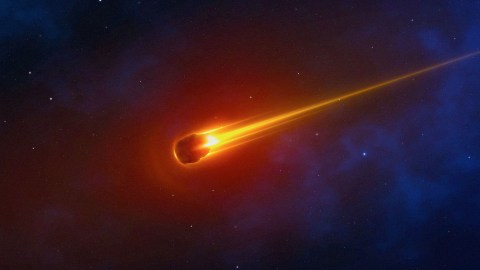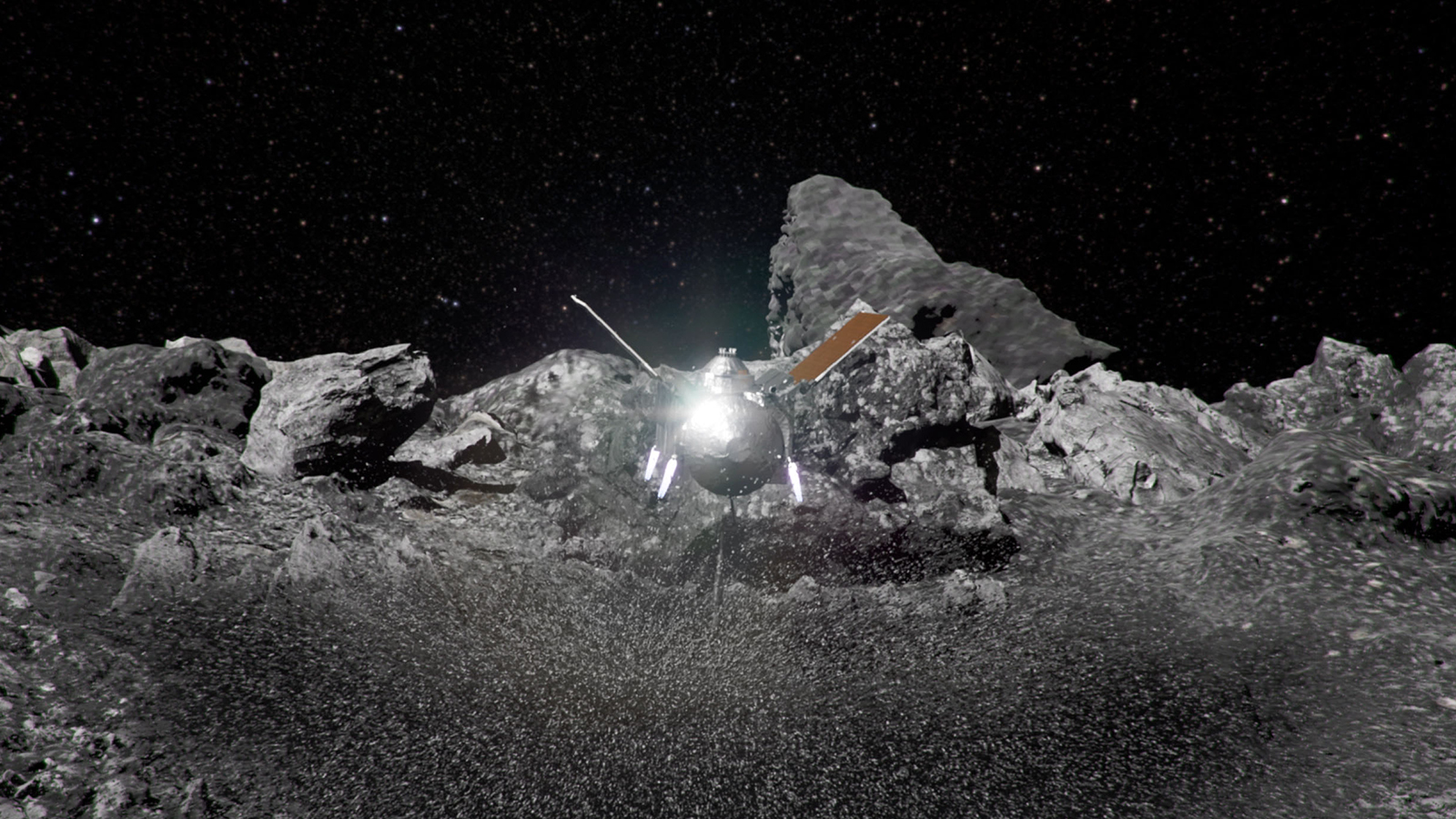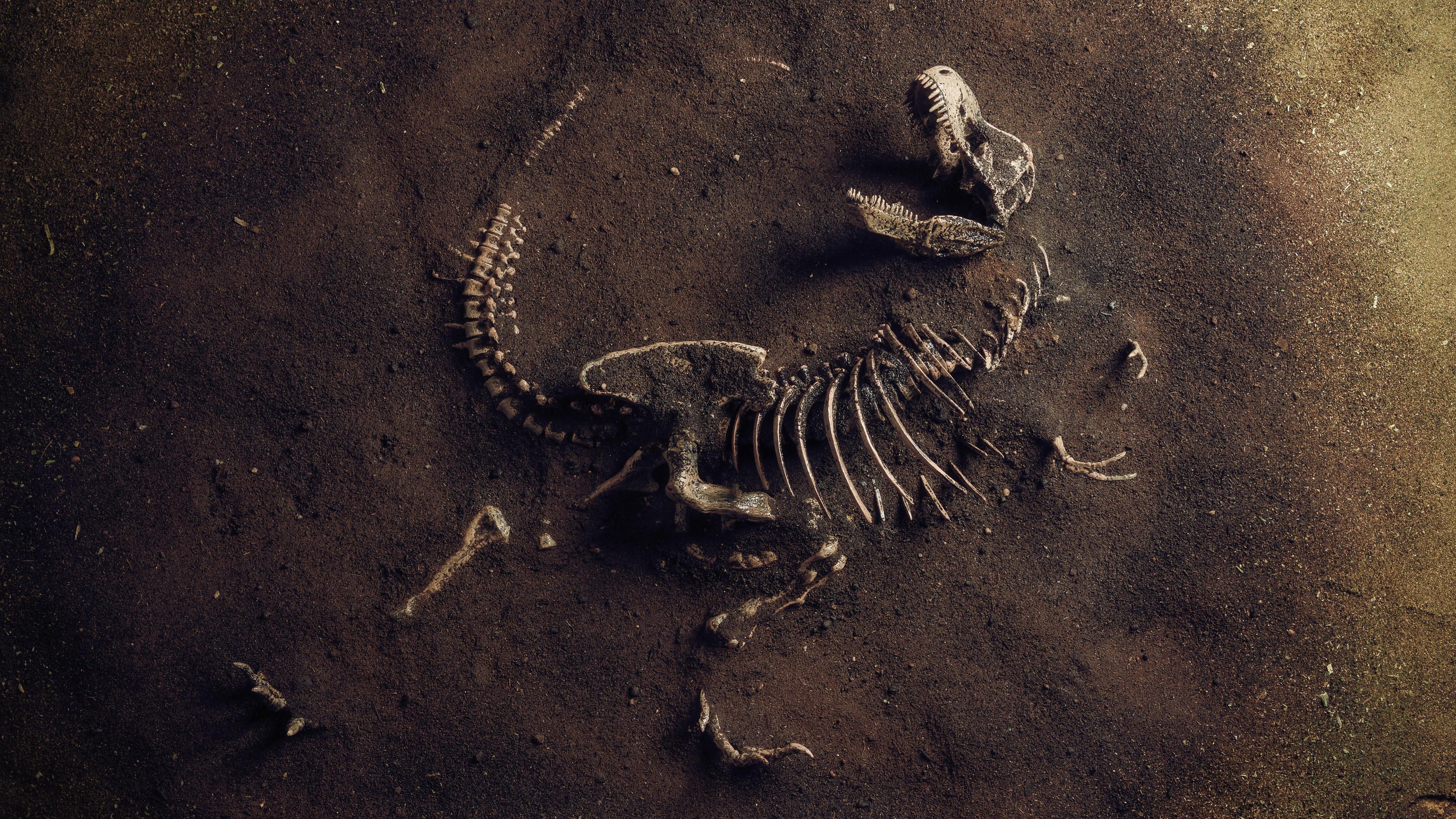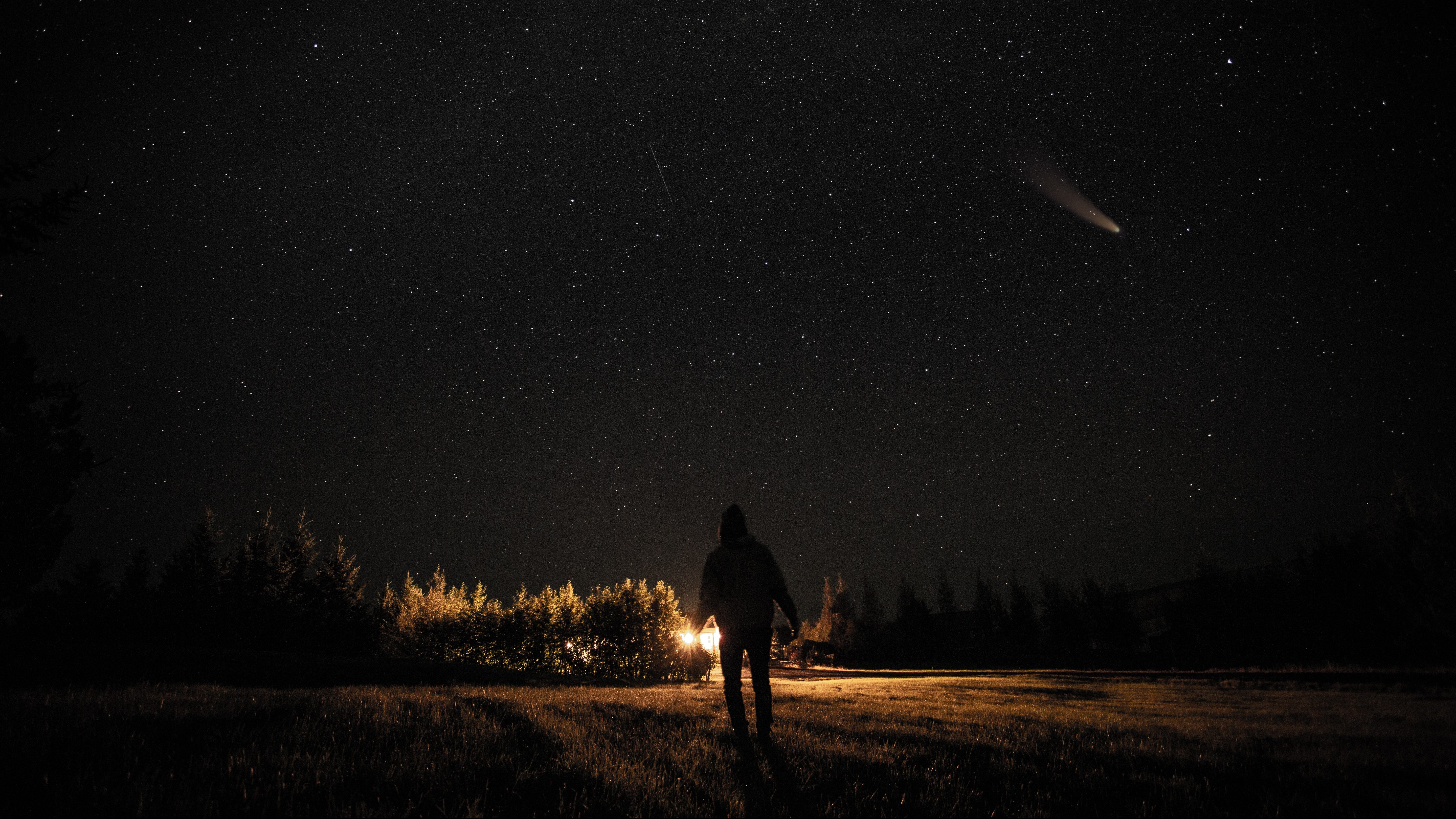NASA’s DART: A giant leap for mankind in protecting Earth from an asteroid impact

- This week, NASA’s DART mission has successfully collided with an asteroid 7 million miles away, slightly diverting its orbit.
- It is no exaggeration to state that this technological feat changes our cosmic history.
- Still, we need to vastly increase our capabilities of detection and deployment if we are to feel truly safer from cosmic impacts.
Hollywood knows how to tap into our collective fear of dangers that fall from the skies. Classic movies like Armageddon and Deep Impact pit humans against space rocks aimed right at our planet.
And there is good reason to fear. Were it not for human ingenuity, we would be as helpless against any asteroid strike as the dinosaurs were 65 million years ago, when a massive collision astronomers term a Global Killer destroyed them along with 70% of life on Earth.
But we humans have reason to hope. Earlier this week, NASA’s DART probe smashed into a space rock, Dimorphos, as part of a mission to prove that if we need to, we can hit an asteroid on its way to Earth and divert it onto another path. Considering that the target was 7 million miles away, and DART, which stands for Double Asteroid Redirection Test, traveled at about 14,000 miles per hour, the test was an extraordinary technological feat of planning and precise execution.
So this week, we turned a heavy page in cosmic survival. Remarkably, we can now protect ourselves from some of the objects from space that drive our shared fears. But Dimorphos is small, and impacts can be destructive at different levels, depending on the size of the colliding rock or comet. How do we defend against larger threats? And how frequent or risky are such events?
Avoiding surprises from comets and asteroids
Unfortunately, we still cannot stop the Global Killer-type asteroids — they are way too massive for a single collision to divert. It is much easier to nudge a small rock off its path than a large one, as we all know from experience. That’s a matter of power transfer, and we can still hope that it is possible to amplify the collision speed and divert a larger rock just enough. In any event, the sooner we catch it, the better.
The DART mission is the first fruit of a long endeavor. In 1990, the U.S. House of Representatives, wrote the following in its report for the NASA Multiyear Authorization Act:
“The Committee believes that it is imperative that the detection rate of Earth-orbit-crossing asteroids must be increased substantially, and that the means to destroy or alter the orbits of asteroids when they threaten collision should be defined and agreed upon internationally.”
This week we can celebrate a success for this strategy’s implementation.
The danger of asteroids and meteors is real, and getting caught by surprise is not a good idea. For an illustration of their destructive potential, let us look at the Meteor Crater in northern Arizona. The crater has a diameter of 1.2 kilometers, and it is 200 meters deep. The main reason we can still see this particular crater is its very young age, about 50,000 years. Indeed, collisions with asteroids and comets are not relegated to the very distant past. Although rarer now, they can happen anytime.
It was only in the 1960s that Eugene Shoemaker, a leading authority on impact geophysics, proved convincingly that the Arizona crater was caused by the impact of an iron-rich meteorite about 50 meters in diameter. The alternative explanation at the time held that the crater was the result of some violent volcanic activity. Shoemaker and his collaborators found samples of high-pressure glassy rock and deformed geological structures produced by the tremendous violence of the impact, putting the debate to rest. Such a small rock, half the size of a football field, would vaporize a large city. A little physics explains why.
Small rock, big impact
The amount of energy a projectile holds before impact — the energy of its motion, or kinetic energy — must be equal to the energy after impact, that is, the energy dissipated onto the ground and into the atmosphere around it. The kinetic energy is proportional to the object’s mass times the square of the projectile’s velocity. It is the square of the velocity that makes the impact so devastating, especially when the velocities are reaching into the tens of thousands of miles per hour.
You can verify this phenomenon by throwing rocks of about the same size into a pond, varying their velocity at each throw and watching the results. The harder you throw the rocks, the more of a disturbance you cause on the surface of the pond. You see the kinetic energy of the rock being dissipated by concentric waves propagating outward from the point of impact. You see the recoiling water rise up into the air and fall back again, water drops spreading around a large area. And for very hard throws, you see the rock penetrate into the bottom of the pond.
Back to Meteor Crater. Knowing the velocity and size of the rock, we can estimate its impact energy to have been equivalent to the simultaneous collision of about 1 billion 20-ton trucks moving at 100 miles per hour. Since we cannot pack a billion trucks into 50 meters (the estimated size of the rock), we can use another analogy: The impact energy was equivalent to the detonation of 20 to 40 megatons of TNT (mega=million). As a large hydrogen bomb deploys about 1 megaton of TNT, the impact that forged Meteor Crater is equivalent to dozens of hydrogen bombs exploding together. (Without the radioactivity, of course.)
The ground around the impact was instantly vaporized, together with most of the asteroid. About 175 megatons of rock was lifted by the impact and rained down over an area of about 9.5 kilometers from ground zero. The collision created a shock wave called an air blast with winds racing in excess of 1,000 kilometers per hour. Winds were at hurricane force as far as 40 kilometers from the impact site. Fossils indicate that at the time of impact, during the last Ice Age, the area was populated with mammoths, mastodons, giant ground sloths, and other huge mammals. It is hard to imagine that any of these animals could have survived within a radius of at least 20 kilometers.
How to stop the end of the world
If a similar impact were to affect a metropolitan region today, millions of people would die in a flash. And this is only one of the little guys. The Global Killer that finished off the dinosaurs was far more severe. It had an impact energy equivalent to detonating all of the H-bombs in the American and Soviet arsenals during the height of the Cold War, 5,000 times. The good news is that such impacts are extremely rare. They are separated on average by tens of millions of years. The bad news is that, statistically speaking, we are due another one.
So, kudos to NASA and the Johns Hopkins University team that executed the mission. “I definitely feel relieved,” said Elena Adams, the mission’s systems engineer. “I think that earthlings should sleep better. Definitely I will.”
The mission should spur more active observation of Near Earth Objects, especially the mid-sized ones similar to the meteorite that dug Meteor Crater. Very large Global Killers could be spotted early, as they cross into the asteroid belt between Jupiter and Mars, giving us about a six-month notice. Small ones, the size of meteors, are notoriously difficult to spot. Given that two-thirds of the Earth’s surface is water, chances are they will not hit a populated area. The mid-sized ones are the objects of most concern.
For now, we should celebrate that DART has opened a new era in space safety. How remarkable it is that a species on a small rocky planet has evolved to the level of shielding itself from one of the most destructive forces in the Cosmos. In a time when we tend to mostly put humankind down, we should pause to consider that when we work together, we can truly change our collective fate.





